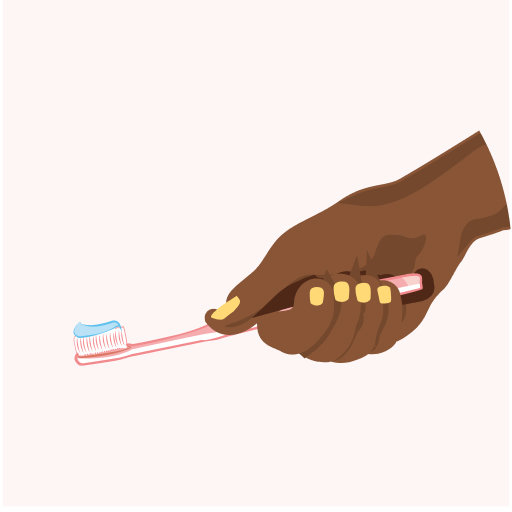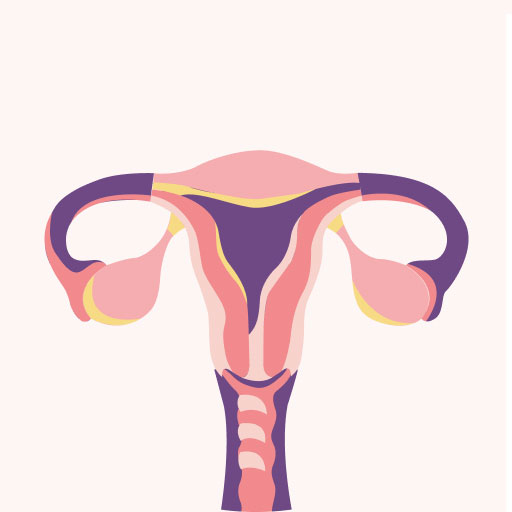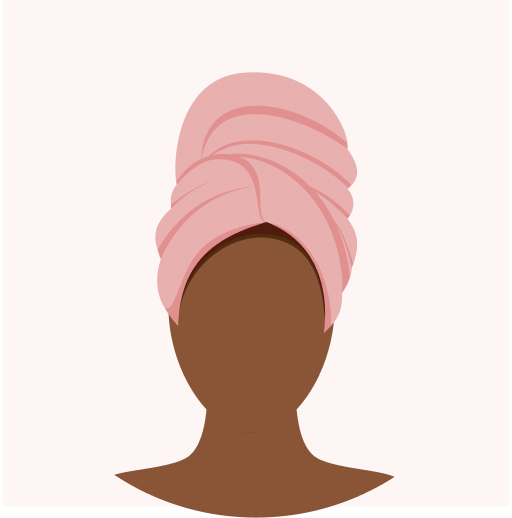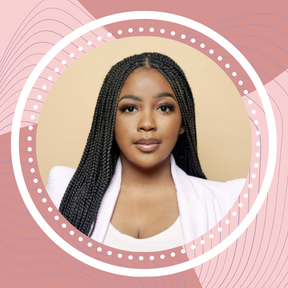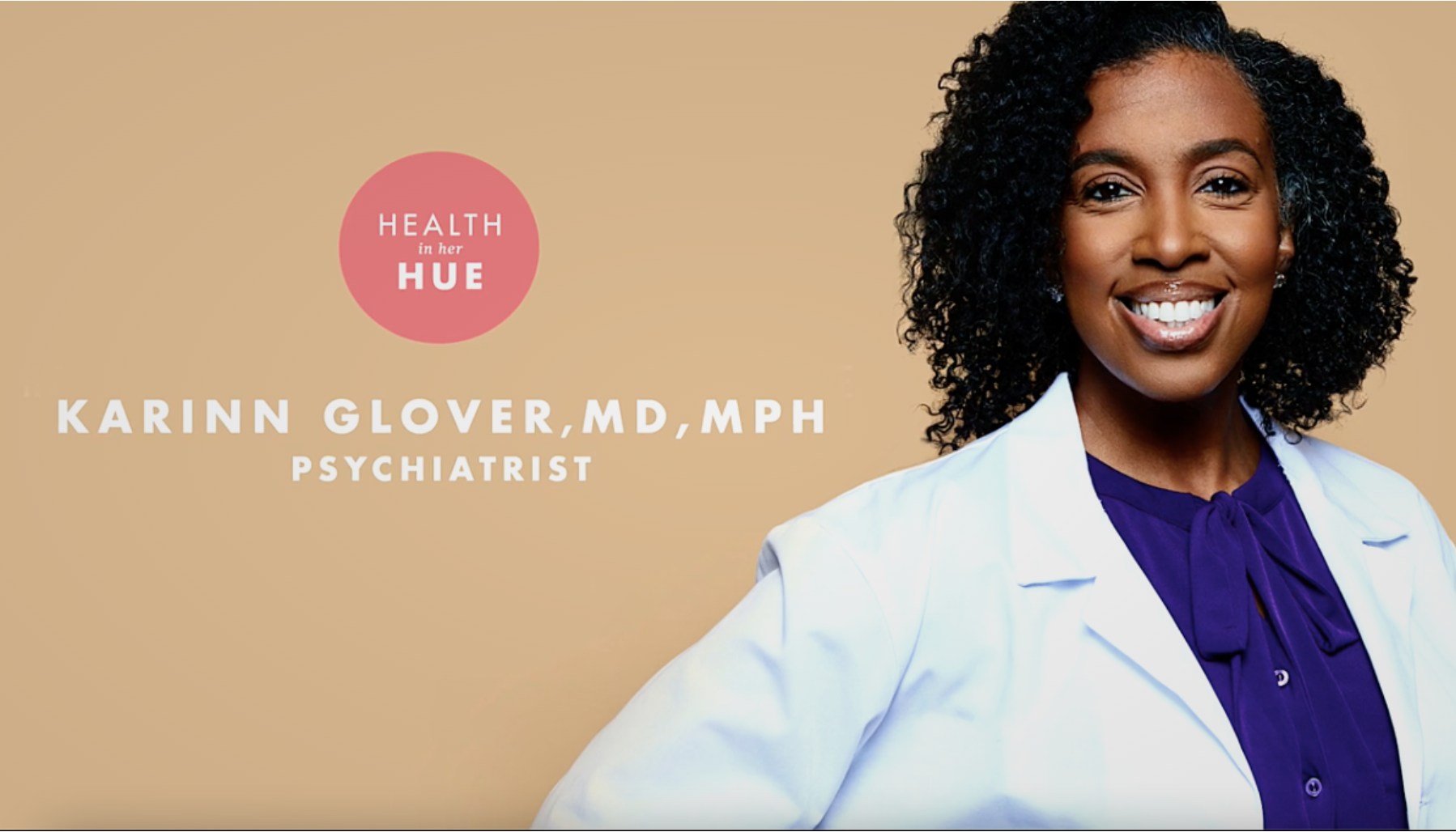
A New Type of CEO: A Conversation with Dr. Aletha Maybank
The American Medical Association is the largest association of physicians and medical students in the United States. It was founded in 1847 with the mission “to promote the art and science of medicine and the betterment of public health.” But, like most American institutions, the AMA’s history is not without blemish. For more than 100 years, the AMA actively supported or passively accepted racial inequalities and the exclusion of Black physicians. It wasn’t until 2008 that former AMA president Dr. Ronald M. Davis publicly apologized for its century-and-a-half-long record of mistreating Black physicians. Dr. Davis pledged that the AMA would “do everything in [its] power to right the wrongs that were done by [the] organization to African-American physicians and their families and their patients.” Fast forward 11 years later, and the AMA has appointed its first Black woman president, Dr. Patrice Harris, and recently appointed its first Chief Equity Officer, Dr. Aletha Maybank.
Health In Her HUE had the opportunity to talk to Dr. Maybank about health equity, her new role at the AMA, healthcare innovation, and why “squad-care” is more beneficial to Black women than self-care. Check out the interview below!
HIHH: Why is it important for institutions like the AMA to not only speak about health equity, but be intentional about embedding equity across the organization; and what exactly does that look like?
Dr. Maybank: It’s important because we know that when we look at the data, health outcomes for certain populations are not optimal– they’re inequitable. A lot of these differences in health outcomes are greatest when we look across race, and then with other identities and oppressions. And so, if we’re saying that we know our data shows that health outcomes are different, and we’re saying that this is unfair, then there is something that we as healthcare institutions must do to name that these disparities and inequities exist.
I think it’s critically important that we identify the root causes of why these differences exist. There’s been enough evidence or research at this point in time – more is still building of course – leading to the fact that inequities exist in our health system, and the institutions that participate in helping us to be healthy, like the education system and the housing system. All of these systems contribute to health somehow or another, and if there are inequities in those circumstances, then there are going to be inequities in health. I think the question to ask is what are the root causes of why there are inequities in housing and education. And the stories are pretty similar in how our structures and our policies have played out in this country. There’s definitely a growing amount of evidence that supports that structural racism is a fundamental cause of why health inequities exist and why the disparities exist. And it’s not just about Black and White people, but the experiences of Native Americans and Asian Americans, and those who have the least privilege. Racism occurs along a hierarchy, a hierarchy that clearly stems from how this country was developed and evolved overtime.
HIHH: What excites you the most about your new role as Chief Equity Officer, and being the first Chief Equity Officer of the AMA?
Dr. Maybank: What excites me about the role is that, even in light of the AMA’s history and its treatment of Black physicians, especially in excluding them at a certain point in time, it is a powerful, well known health entity. And it’s definitely powerful within the policy space in this country. A leading voice [like the AMA] taking on health equity is critical, and has the opportunity to lead the whole space of healthcare. So if we can do that well, we can demonstrate, we can name, and then we can normalize talking about why health inequities exist. We can also talk about Social Determinants of Health (SDoH), but we need to get more specific than that, we need to talk about why there are differences in SDoH across the country. I think It’s an opportunity that the AMA can be leading in and people will pay attention.
HIHH: What are some of the top disparities that Black women should be more keenly aware of?
Dr. Maybank: There’s a lot of attention right now on maternal mortality and maternal health. Black women should be aware of reproductive justice rights, and be aware of how media and narrative continually devalue the black body, but especially the Black woman’s body. I think this narrative is one that we cannot share enough with each other to be able to counter it, and to be able to say that I deserve this and I deserve that from a human rights perspective. We should not only be able to say it, but also be able to act upon it, in light of systems and institutions that oftentimes tell us who’s deserving and who’s not. And this translates to many forms of what happens in health disparities and outcomes.
We embody racism, and we have for many generations. I heard recently from Joia Crear-Perry, Founder and President of The National Birth Equity Collaborative, that our wombs have been used for economic gains for centuries. And so, not only did we embody a system that completely flourished on recognizing our physical human capabilities, but even post those times, we still have that kind of sentiment played out in how we embody racism in general. For example, not having pay equity or experiencing domestic violence or whatever it is. I mean, we still embody all of that and it leads to worse health outcomes.
HIHH: As a physician and Black woman, what are some things you would encourage Black women to take into account when seeking care?
Dr. Maybank: I think knowing their rights and knowing what they can advocate for. Unfortunately and fortunately, as we’ve done for many years, we have to continue to advocate. Advocate in the individual encounters that you have, and advocate in the larger context with other women who are also coming forward and demanding a change in the system. Advocating so that Black women are treated better and fairly so that they have the opportunity to achieve optimal health as well.
HIHH: Fibroids have a much more dramatic impact on Black women in comparison to women of other races. Given these realities, many are left questioning why fibroid research has lagged in the past and what’s being done now to overcome this all-too-common health disparity. There’s a lack of diversity in clinical trials, and as a result we’re not able to find many studies that truly reflect the issues that disproportionately affect us or that give us accurate information on how different medical interventions work for us. What role do you think clinical trials and research studies can play in addressing health disparities and improving health equity?
Dr. Maybank: Well I think you’re right…Research is about asking a question, right? Or working to prove or disprove a hypothesis—creating associations and hopefully causation. But who you ask those questions and how you ask is very dependent upon who’s doing the research. And we’re very clear that like the physician workforce, the scientific workforce is not very diverse. So questions are biased towards particular groups experiences and how they understand the world. We ask questions based on how we understand the world and our experience in it. I think there is a gap in what has been looked at in research, and not just for Black women but for many other communities of color.
I think the challenge is that there aren’t enough researchers of color present to ask questions in a way that may be a bit more meaningful. I think we already know that there are definitely gaps in terms of participation in clinical trials by Black people for many historical and contemporary reasons. But there are some efforts out there, one is called All of Us; an effort to enroll and get as many folks participating in clinical trials and other research efforts. I think there’s some two fold to it and those realities do prevent us from fully understanding the spectrum and nature of sickness but also wellness within us as Black women. I think the goals are how do we increase diversity among these STEM fields, and also how do we get folks to recognize their own biases and barriers to what they bring to the space. Because the reality is it’s going to be very hard to diversify the workforce in a very short amount of time, but what institutions do have the opportunity to do is ask who are we partnering with? Who are we helping support our analysis in what becomes important and what questions we need to answer that are critical at this time? I think how we have meaningful engagement with other people is critical.
HIHH: There’s an article that talks about how Fitbits and other wearables may not accurately track heart rates in people of color…What are your thoughts on the perceived objectiveness of new technologies, and whether implicit prejudices are shaping their development?
Dr. Maybank: It’s the same context of research. It’s all about who’s doing the what and who has the power to ask questions. Who has the power and the dollars to do research? Who has the power and dollars to set up systems of Ai? Who has the power, dollars and resources to go to college and school? Who has the power and social capital to know about these opportunities that exist to have careers in technology and healthcare technology? Who has exposure and who doesn’t? So power and knowledge is very key to all of this. I feel it really shouldn’t be a surprise that these biases exist on the front end and on the backend in setting up healthcare technology and Ai systems…because who sets it up ? It’s very much skewed to white professionals. The subjects that they’re using are themselves typically; and the algorithms that are created are usually created by them. It’s almost a reckoning that has to happen…in regard to how our country has been set up, how the systems have been set up, and how they hold on to power and opportunities for certain people and not for others; and that’s why inequities exist across the board.
HIHH: If you were to offer advice or a best practice to strategic healthcare investors when it comes to their due diligence process, how would you advise them to incorporate equity in their evaluation of digital health solutions?
Dr. Maybank: One of the things is looking at the diversity of who we’re creating solutions for. I’m in a unique space where folks of color, like yourself, come to me to say, “ Hey, I have this idea!” The reality is that many of these folks don’t have the same access to investors. So I think investors, if they’re interested in health equity, have to be intentional about who is at their table, and who they’re bringing to their table. And they have to be intentional about it; it’s not just going to happen. I think the other opportunity is when solutions are created, they’re not done in a vacuum. There are many solutions that aren’t engaging the end user. For example, physicians not engaging in their solution or not engaging patients. If you want to focus on health equity, then it is so important that you are co-creating the solution with the folk who you intend to use that product for or feel would have the most benefit from the product. So meaningful community engagement is very critical.
HIHH: What do you do personally for self-care:
Dr. Maybank: Melissa Harris-Perry shifts us away from the idea of self-care. She talks about Squad-care, because the reality is, we don’t do anything by ourselves. We don’t do most things by ourselves productively. Yes, we need space. Sometimes to center ourselves we need to be by ourselves. But we also need to make time for other people, and allow people to support us and be ok doing that. Having that connection with people is very critical to pamper ourselves and to move away from that whole context of i’m an independent woman. The reality is, we are sustained by our relationships with one another and our honesty with one another— especially women of color. And our ability to have our friends and family around, those are things I think that definitely create care and hold us accountable.
More Content
General Health
Reflecting on Diversity and Empathy in Care Spaces
My background has greatly prepared me to...





